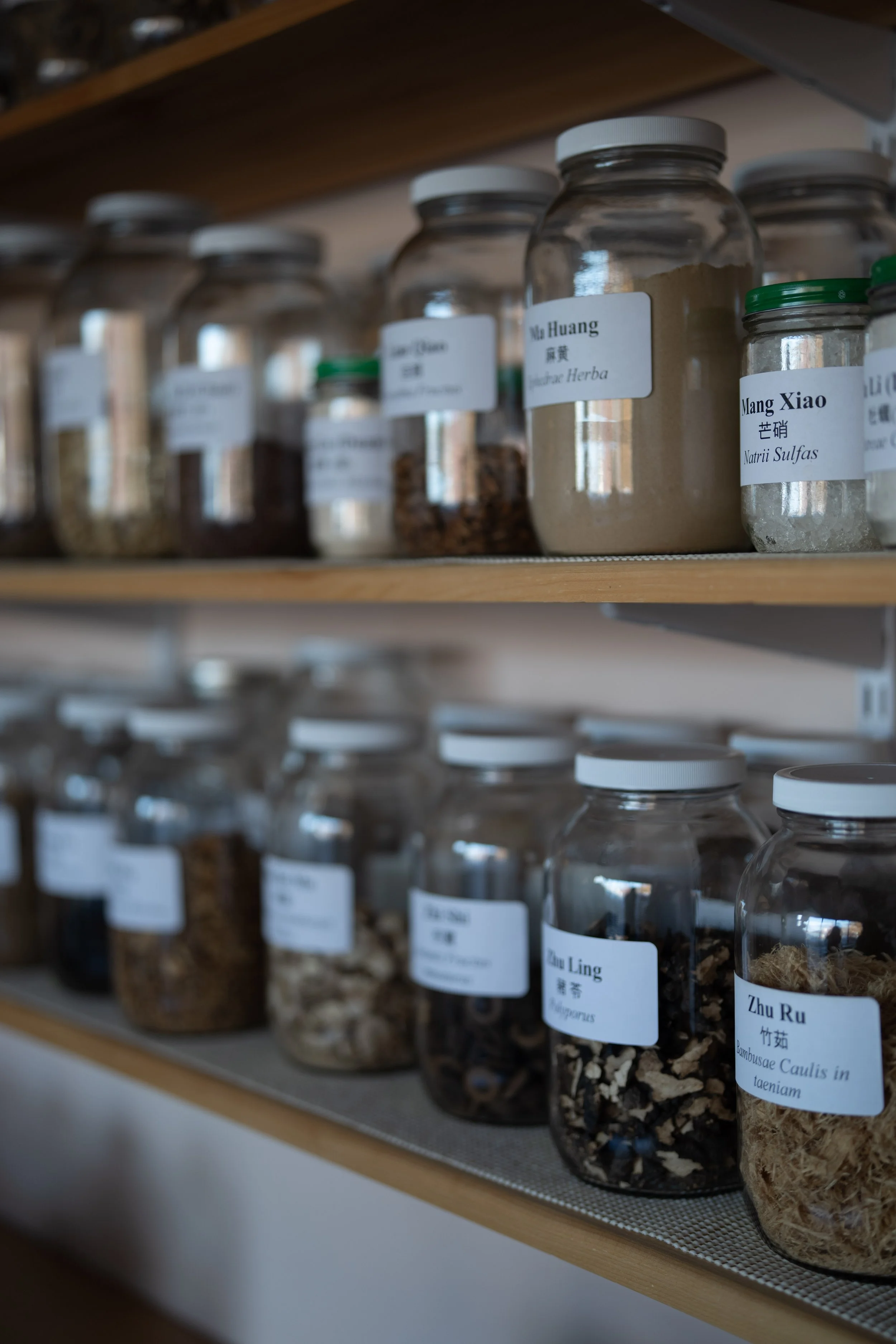Jump to a topic:
QUESTIONS ABOUT ACUPUNCTURE
-
Hydrate well and don’t come on an empty stomach. It’s best not to receive treatment if you are feeling overly emotional– like if you’re stressed or upset about something.
-
Most people feel something like an insect bite with needle insertion, but this usually passes after a few seconds. Some people feel a dull ache after the needle has been inserted, but this goes away after a couple minutes at the most. As long as the person doesn’t move when the needles are in, it is generally a pain-free experience.
-
A full course of treatment with acupuncture is ten sessions, and I always recommend people do the full ten. Most people experience a change long before that, but ten is what it takes to make a long term change to a person’s physiology. Since there is a cumulative effect to acupuncture, I generally recommend starting with five weekly treatments, then reassessing. If all is going well, we can space treatments out to every other week. It’s not miraculous, and things don’t change overnight, so getting people to stay the course can be challenging if they’re looking for a quick fix. Or the opposite– after a few treatments some people feel moderately better and stop coming in, and then a couple months later they’re in pain again. To achieve lasting results, plan on ten treatment sessions! Visit the scheduling page here.
-
With consistent treatment, you may experience improved sleep, lower blood pressure, and reduced anxiety. These are things people report to me pretty regularly. And studies have shown that consistent treatment moves the body out of its sympathetic nervous response (“fight or flight”), into parasympathetic nervous response (“rest and digest”).
-
We have successfully treated many conditions, such as migraines, acute & chronic pain, nervous system disorders, reproductive & gynecological issues, mental health concerns, and more. See the therapies page for a complete list.
-
It depends. For the most part, needles are inserted only below the knees and elbows, and sometimes into the neck.
-
Hydrate, take a hot bath or shower, go for a gentle walk or do some other physical activity that’s not overtly exertive.
-
Yes, it is if it’s performed by a trained and licensed practitioner. All our needles are single use, stainless steel filiform needles that are disposed of immediately after use. We are trained to know where, and where not to use needles, which can’t be said for unlicensed practitioners.
-
Most people report a feeling of calm and relaxation after their treatment.
-
Acupuncture needles are very small! They are nothing like the hypodermic needles we are all familiar with from our doctor’s office. If people are very needle phobic, I am very good at talking them through the insertion, and using their natural breathing patterns to insert the needles as painlessly and anxiety-free as possible.
-
I have a series of diagnostic readings that I monitor with each treatment, such as looking at the tongue, palpating the radial arm pulse, and abdominal palpation. Changes in these markers give me information that allows me to track progress. I also rely on what the person is reporting – as in, do they have less pain than when we started.
QUESTIONS ABOUT OTHER THERAPIES
-
For some of the manual therapies, such as cupping, I need access to the person’s back, so that’s done without a shirt, lying face down.
-
After manual therapy some people report minor aches and discomfort, but nothing more than if you worked out really hard. This usually passes within 48 hours, and it typically only happens after the first treatment. I do my best to “ease” people into treatment in order to avoid this.
-
We have over 200 kinds of raw and granulated herbs in our pharmacy. Granulated herbs are dissolved in hot water. Raw herbs are cooked into a kind of tea, called a decoction. This can be done by the patient at their home, or we offer a decoction service, where we cook the herbs for you in pressure cookers here in our clinic, and send you home with a set of jars full of a pre-decocted herbal formula. There are advantages and disadvantages to both types of herbs, so we decide which is ideal on a case by case basis.
QUESTIONS ABOUT APPOINTMENTS
-
The initial appointment is 1¼ hours, which includes an evaluation and treatment. Follow-up treatments are one hour long.
-
Every treatment consists of diagnosis and treatment. Diagnosis usually involves feeling your pulse on your wrist, palpating your abdomen, and looking at your tongue. All treatments involve the insertion of acupuncture needles into various points on the body while you lie comfortably on a table for 25 to 50 minutes. Many treatments also involve manual therapies such as cupping and tuina.
-
Broadly speaking, yes, though it's always best to keep all of your providers notified of those therapies so they can best guide you.
-
The only insurance company we bill directly is Blue Cross / Blue Shield if the individual’s policy includes acupuncture benefits. For all other insurance companies, we can provide a superbill after treatment, detailing the cost and procedural and diagnostic codes. This can then be submitted to the insurance company for reimbursement. We do not bill Medicare.
-
If you need to cancel your appointment, we ask that you give us at least 24 hours notice. If you do not cancel within 24 hours, then you will be responsible for the full cost of treatment. Exceptions are made for illness, inclement weather, and personal emergencies.

